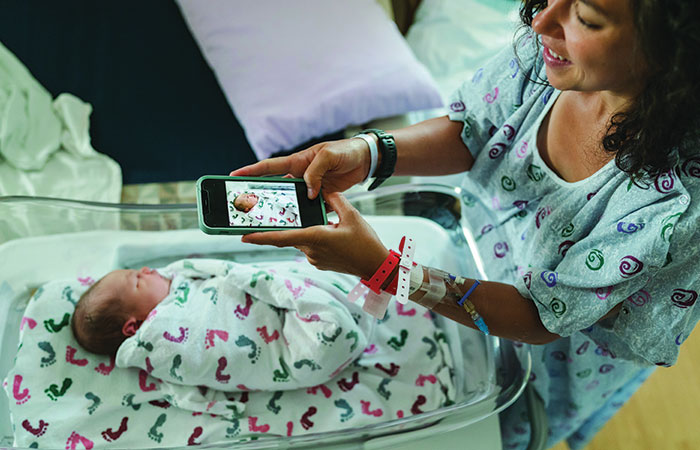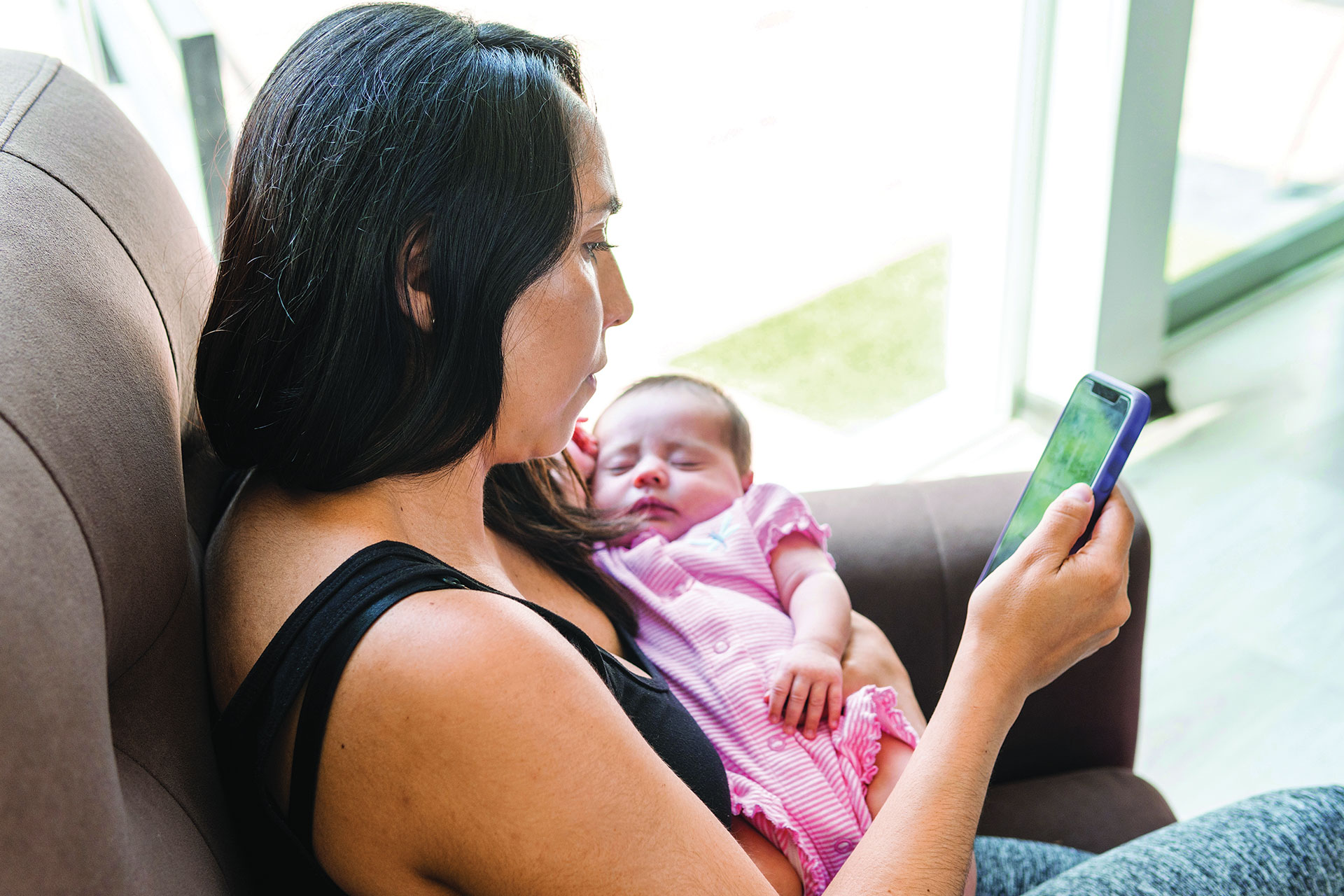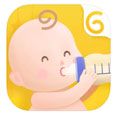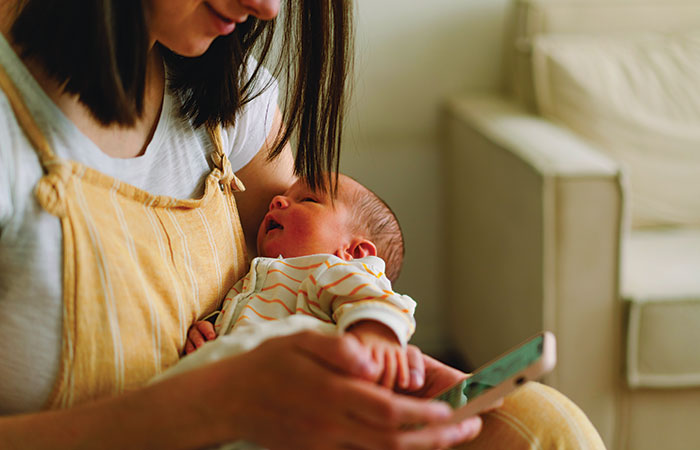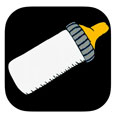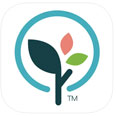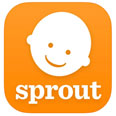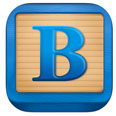Ya sabes que tu teléfono inteligente es muy bueno para tomar fotografías de tu hermoso bebé recién nacido (y compartir esas imágenes con todos tus amigos y tu familia). Pero ¿sabes qué aplicaciones para bebés descargar para obtener consejos de expertos que están disponibles las 24 horas del día, los 7 días de la semana? ¡Nosotros sí! Hemos examinado miles de aplicaciones para bebés gratuitas para encontrar las mejores y compartirlas contigo. Bueno, tal vez no fueron miles, pero fueron MUCHAS.
